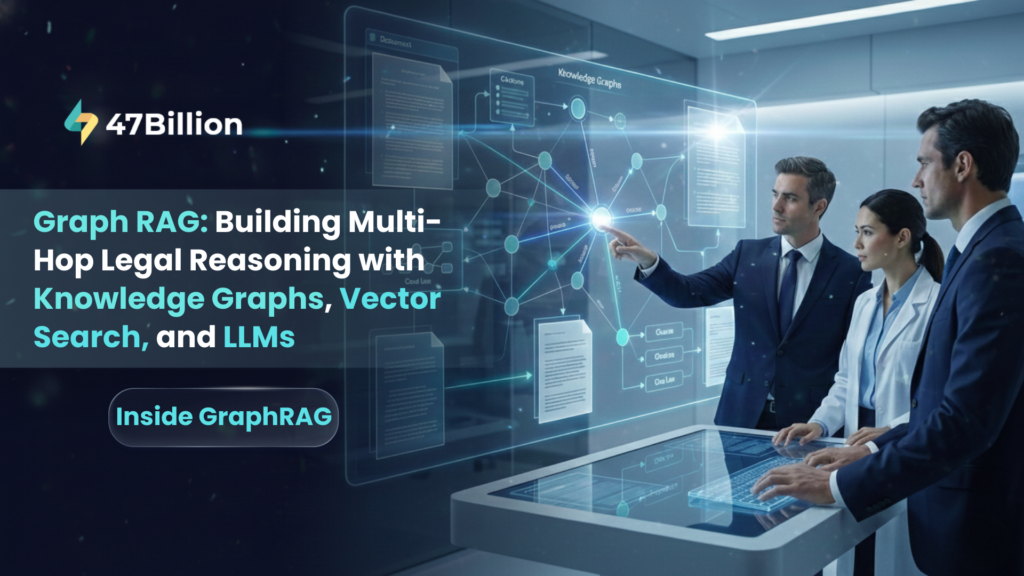In the first week of October 2018; 1, 80,000 fans of anime, comics and games descended on New York Comic-con to connect with each other. This can be considered as a clear example of how gaming has not only achieved mainstream status but has become a cultural force in our society permeating sports to trend.
Game on readers! These examples are endless. From Fortnite tutors to eSports scholarships to people making money by playing games. The major game publishers all over the world are making “gaming” a trend. These shifts demonstrate the rise of a whole new gaming ecosystem. It extends beyond the console to experiences, merchandise, community, and entertainment.
Why is customer engagement important?
The gaming ecosystem has led to the concept of gamification. Today organizations are seeking efficient mechanisms to stimulate and manage customer engagement. The growth of digital, social, and mobile technologies has created numerous touchpoints. Customers interact and exchange resources with companies or peers on the basis of those touchpoints. Customers using applications in their day-to-day lives and interacting with an online community to socialize are playing an important role in service delivery. In that respect, the role of the company has been revolutionized, shifting from being a service/solution provider to being a coach, who assists customers in their value creation process.
In addition, although technologies support interactions and resource exchanges among users, providing access to such technologies does not guarantee their proper usage or the resulting customer value creation.
It is all about the company’s ability to promote customers’ voluntary and adequate investment of resources. This evokes the challenge of generating great customer engagement.
Customer engagement aggregates several ways in which customers can invest their resources towards the brand, community, activity, or process. Beyond purchasing, the engaged customers can help in promoting, advocating, collaborating and sharing their knowledge within a long-term relationship with the firm. To engage customers a properly designed engagement platform is required.
These platforms enable firms to provide beneficiaries with a compelling experience. This creates, maintains and develops customer engagement over time. The platforms are online and offline spaces, through which customers can interact, invest resources and simultaneously create value with other players.
However, the fragmentation of media and communication channels is accelerating which leads the managers to decrease their control over customers’ actions and interactions. It becomes difficult for companies to engage their customers. Inspired by the success of customer engagement, gaming companies have begun using the design principles behind games in non-game contexts to stimulate customer engagement.
The process of deriving the fun and engaging elements typically found in games and applying them to real-world or productive activities is referred to as gamification. This gives users a compelling experience and also influences their future behaviors and emotions. Its effectiveness has been confirmed with regard to several purposes concerning customers such as increasing engagement, enhancing creativity, changing behaviors, fostering technology adoption and providing customers with enjoyable experiences.
For instance, taking the example of a major game publisher in India, it is one of the leading Interactive gaming new-age sports media companies.
It connects billions of mobile internet players across emerging markets that have social multiplayer interactive gaming as the foremost form of entertainment. It comprises subscription, Freemium, eSports, Skill-based gaming in India and Chance-based gaming business in Kenya and Africa.
The goal of this company was to build a single turnkey solution for game developers for gamification features such as leaderboard, chat, and multiplayer, and to enable product managers to perform live operations like discovery, engagement, retention, and monetization efficiently.

What is customer engagement analytics?
Basic Roll-up/ Counters – The users are segregated on the basis of parameters such as country, OD, device, etc.
Retention Analytics – It defines the events related to the retention of users. The data should be drillable from days to weeks to months and so on.
User Flows – This functionality will help in identifying the path followed by a majority of users. It will help in fine-tuning the game as per the objective of retention and monetization.
Funnels – The funnel helped in finding how many people started the game, how many people dropped out in between and how many ended.
Overlays – It mapped custom events and a standard event. It mainly focused on how many users started the game and then claimed the reward points. So here one event is standard and the developer defines the other.
Custom Dashboards – This dashboard provided a graphical and numerical representation of the situation defined in overlays.
Acquisition channels – Systems have the functionality to segregate users and analyze behavior as per their acquisition channels. The acquisition analytics was the result of ingested data from paid Ad networks, app stores, cross-promotion, and virality.
Ad Responsiveness – It analyzed user behavior with regards to responsiveness to different types of genres of ads and matches users and ads so that relevant ads can be shown in the future.
Messaging Engagement – It analyzed user engagement in relation to in-game messages as well as notifications pushed to the users as well as targeted messaging.
External Data Sources – The system ingests the data from external data sources such as ad networks, app stores, acquisition, and ad monetization.
How to measure customer engagement using gaming data?
The data generated regularly by the application is generating value for both B2B and B2C marketers. Besides that, the data is a valuable source of rich analytics and insights for business decision-making.
Businesses nowadays analyze the data qualitatively and quantitatively as per the business needs. Data warehousing and data mining technologies have given managers a number of excellent tools that can help them store, retrieve and analyze the information contained in large databases.
In business intelligence, the data warehouse is typically used to connect and analyze business data from heterogeneous sources. The data warehouse is the core of the business intelligence system which is built for data analysis and reporting. The frequently used data warehousing tools are Big Query, Amazon Redshift, Panoply, Stitch, and Blendo.
Among them, we connected BigQuery with the trends in user engagement data of the gaming application. BigQuery is an enterprise data warehouse and data lake built using Google Cloud Platform, GCP. It works great with all sizes of data; from a 100-row excel spreadsheet to several petabytes of data. Most importantly, it can execute a complex query on those data within a few seconds. BigQuery organizes data tables into units called datasets
These datasets are scoped to your GCP project. The multiple scopes – project, dataset, and table can help you structure your information logically. You can use various datasets to separate tables pertaining to different analytical domains, and you can use project-level scoping to isolate datasets from each other according to your business needs.
Google cloud capabilities allow the development of sophisticated analytics and models that pull new and valuable insights from the tonnes of data to understand customer behavior. Creating clear pictures of how your customers are getting engaged with your business. How this engagement can lead to tangible benefits, including customer acquisition, retention, and growth.
In the case of our client(a leading game publisher in India), the game sense provided a single view of the user across the application Ecosystem to the client as a publisher and provided a single view of the user across all the developers games to the developer. It provided the game progress, game state, and player status. It also gives full control over individual players and groups as well as game data such as rewards, avatars and other objects.
This Game analytics engine provided the end-to-end view of gamers from user acquisition to monetization. It starts with the collection of important metrics and monitoring of measurable KPIs.
It created single storage for all types of events and data points across the application for off-deck and app store games that are AdNetwork reports, web server logs, subscription/unsubscription logs, try/buy, embed revenue, content downloads, content partner management and generated revenue.
Conclusion
Analytics can be utilized in all sectors where intelligent decision-making is required. Data Analytics coupled with our deep knowledge and experience of cloud services enabled us to unlock the potential of BigQuery to generate client-specific solutions.
By turning the gaming application data into intelligence. Our clients have been able to solve their complex business challenges and attract and retain customers. They were able to optimize their processes as well as accelerate growth and innovation. Today organizations are taking over customer engagement through these effective mechanisms. They are taking the touchpoints at which customers interact and exchange resources with companies or peers into consideration for analyzing customer engagement. This analytics plays an important role in service delivery.







